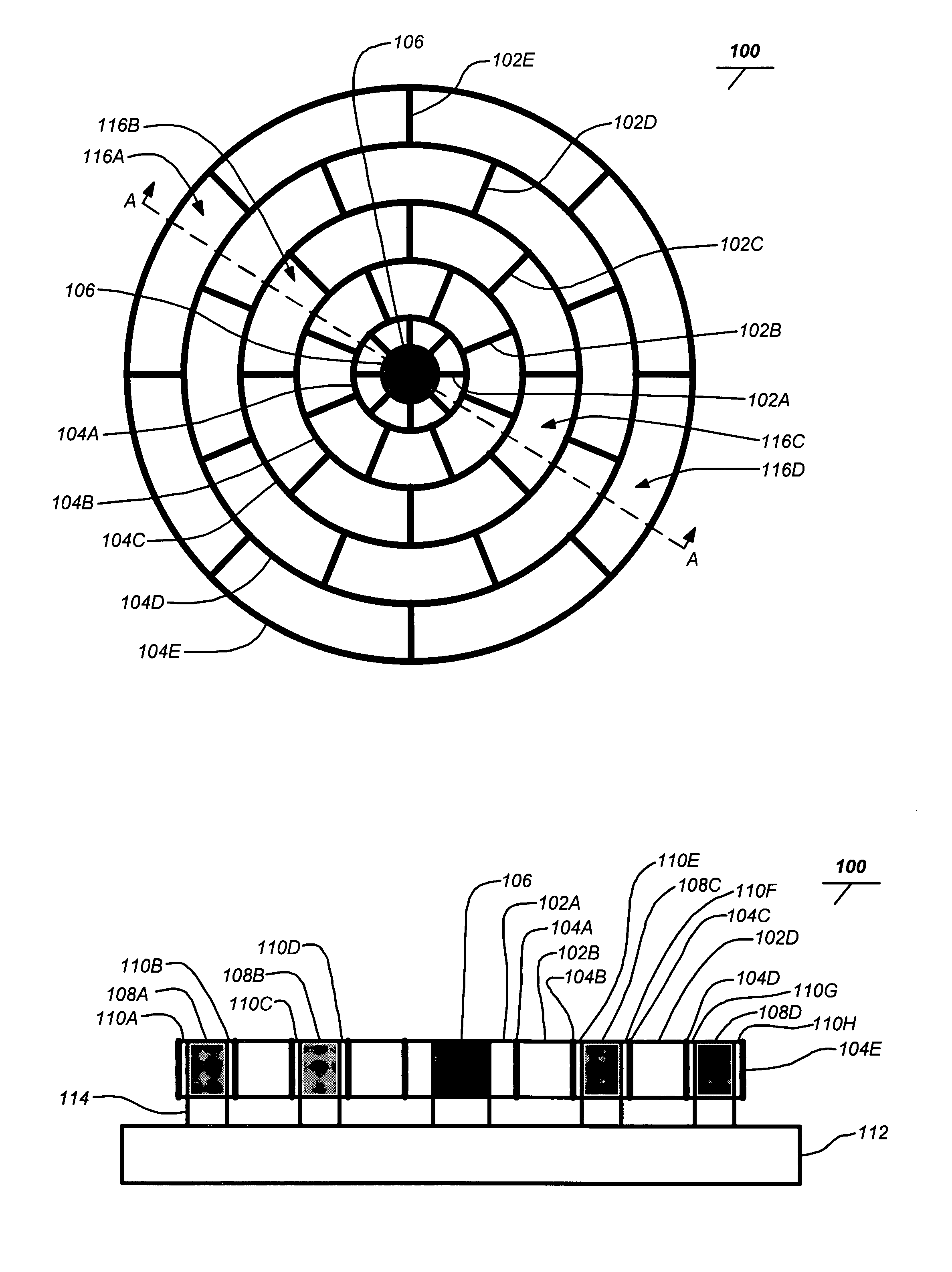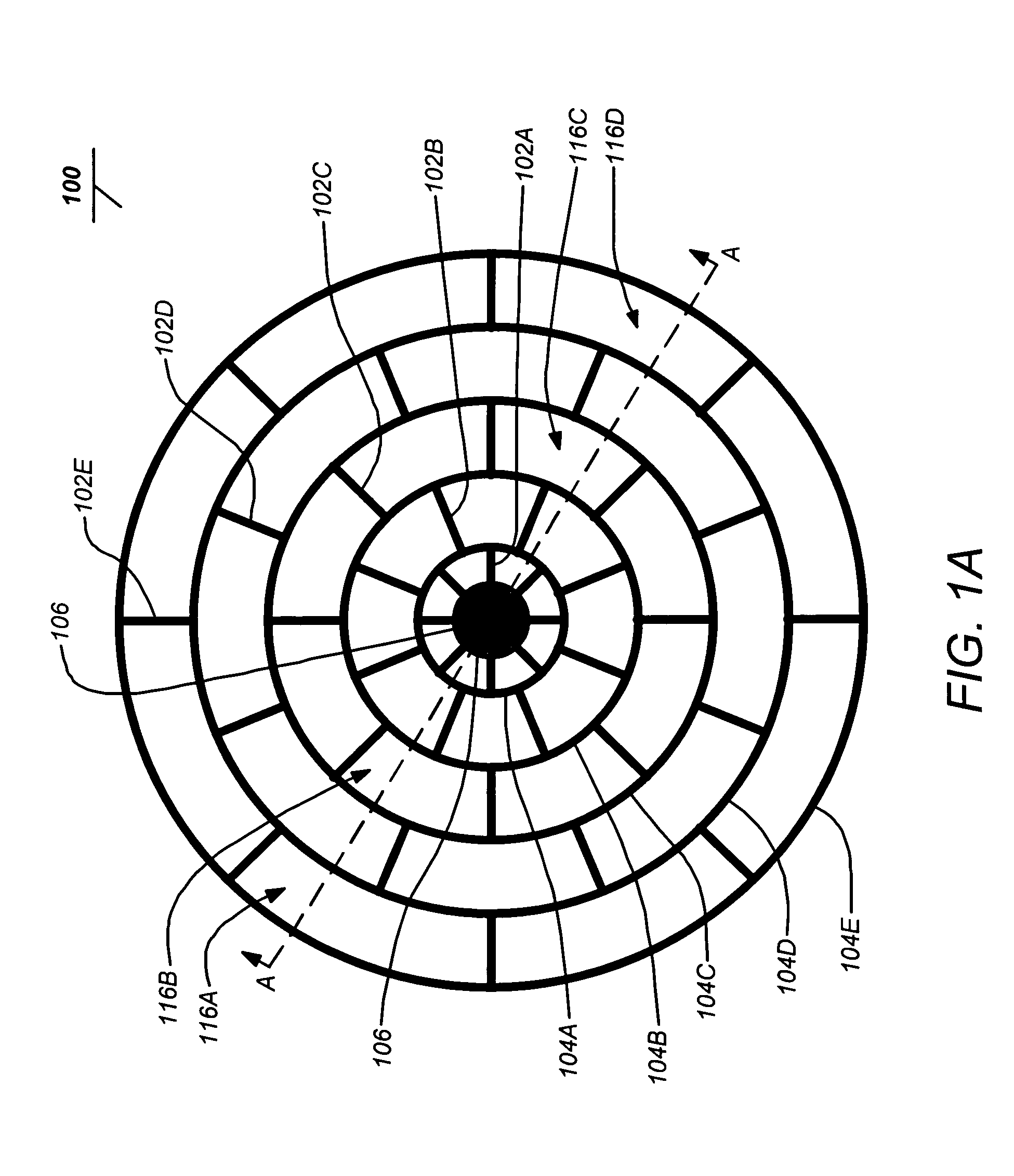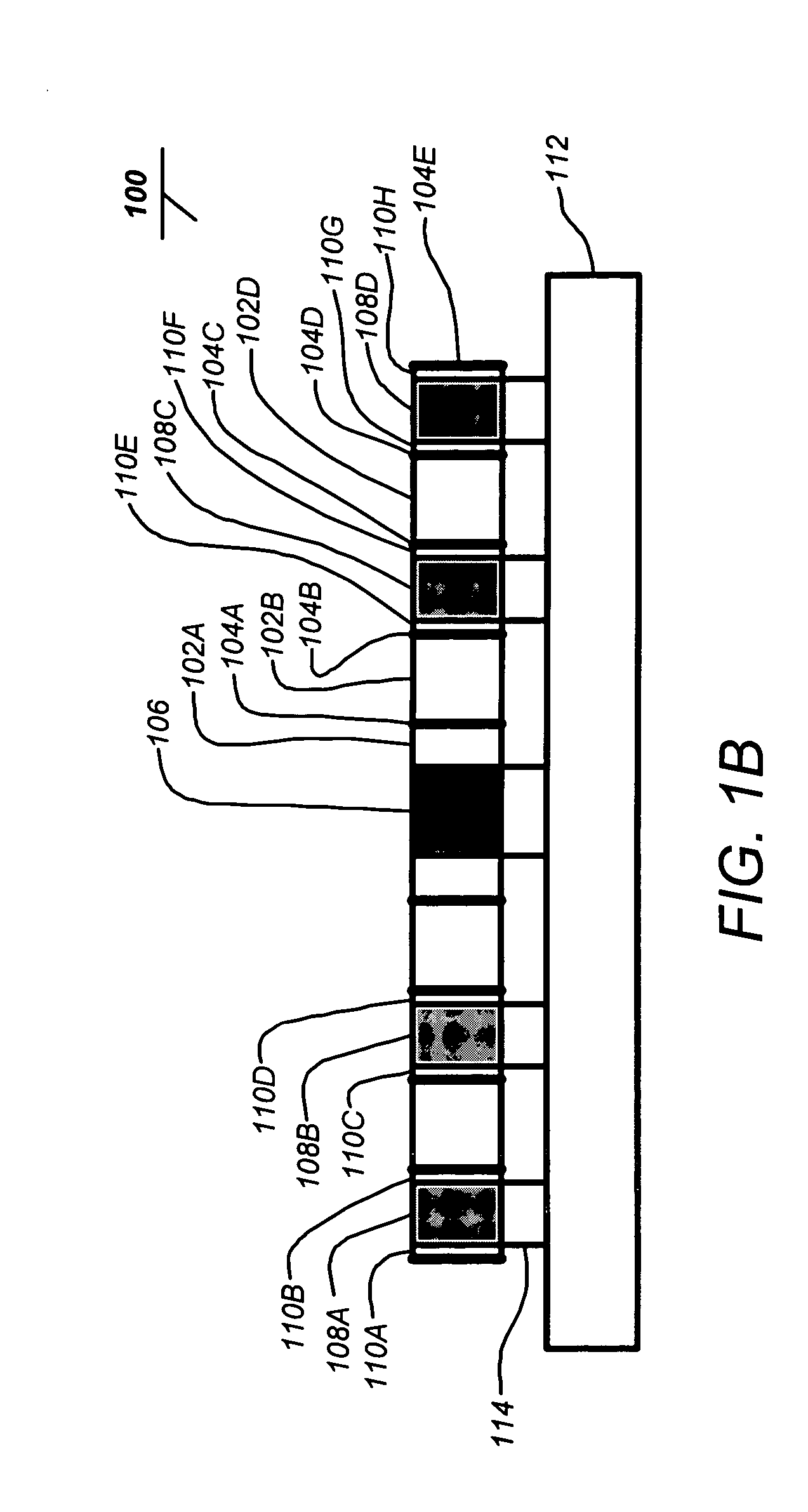Isolated planar mesogyroscope
a mesoscale disc resonator and isolated technology, applied in the field of gyroscopes, can solve the problems of large and heavy, sensing errors and drift, and the mechanism of older conventional mechanical gyroscopes is very heavy, and achieves rich opportunities and high precision and quality
- Summary
- Abstract
- Description
- Claims
- Application Information
AI Technical Summary
Problems solved by technology
Method used
Image
Examples
Embodiment Construction
[0047]In the following description of the preferred embodiment, reference is made to the accompanying drawings which form a part hereof, and in which is shown by way of illustration a specific embodiment in which the invention may be practiced. It is to be understood that other embodiments may be utilized and structural changes may be made without departing from the scope of the present invention.
1.0 Overview
[0048]The present invention describes a micromachined, Coriolis-sensing, mesogyroscope with thick mesoscale, adiabatically vibrating elements and an electrically conductive resonator for electrostatic sensing, actuation and trimming. The two-dimensional (2D) micromachined wafer fabrication of this mesogyroscope results in lower cost and higher precision than one-at-a-time, conventional, 3D machined, Coriolis-sensing, mesoscale gyroscopes, and has higher mechanical precision and performance than other micromachined gyroscopes with thin microscale, isothermally vibrating elements ...
PUM
| Property | Measurement | Unit |
|---|---|---|
| thickness | aaaaa | aaaaa |
| thickness | aaaaa | aaaaa |
| thickness | aaaaa | aaaaa |
Abstract
Description
Claims
Application Information
 Login to View More
Login to View More - R&D
- Intellectual Property
- Life Sciences
- Materials
- Tech Scout
- Unparalleled Data Quality
- Higher Quality Content
- 60% Fewer Hallucinations
Browse by: Latest US Patents, China's latest patents, Technical Efficacy Thesaurus, Application Domain, Technology Topic, Popular Technical Reports.
© 2025 PatSnap. All rights reserved.Legal|Privacy policy|Modern Slavery Act Transparency Statement|Sitemap|About US| Contact US: help@patsnap.com



